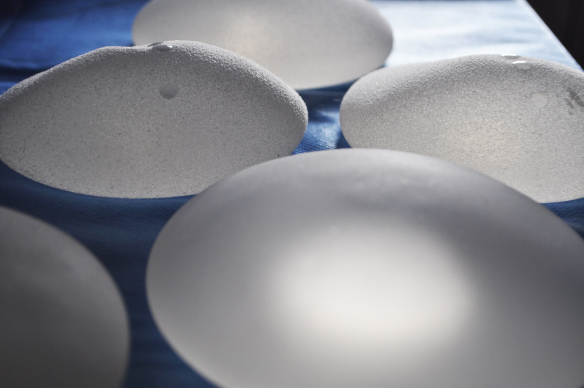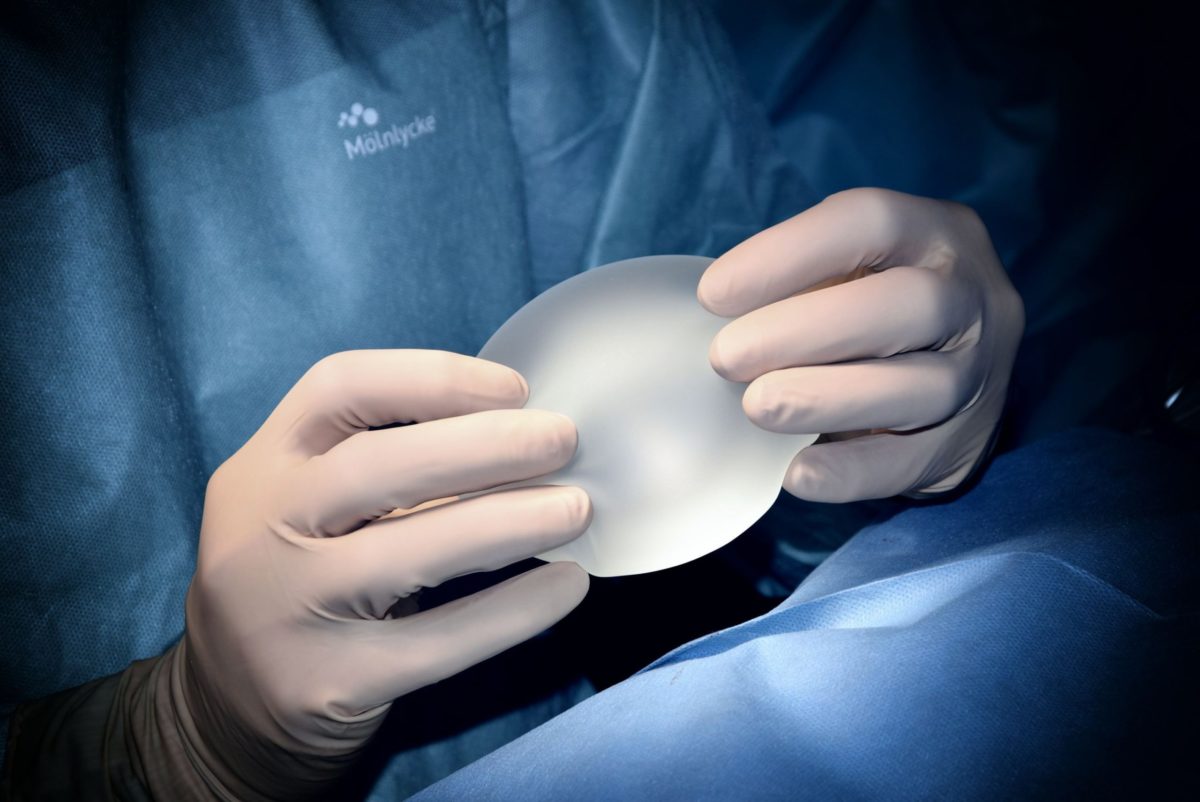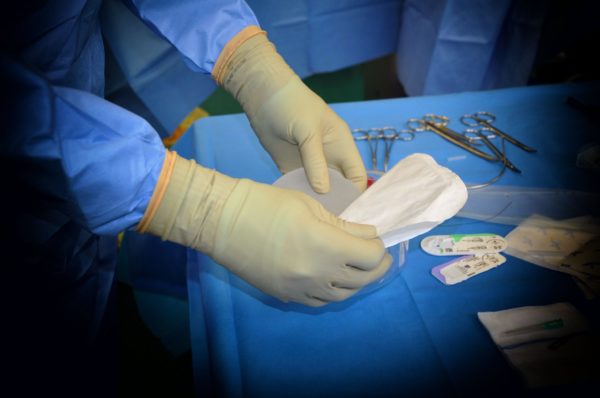Body Sculpting
Body Sculpting can be is performed under a general anaesthetic or local anaesthetic with ‘twilight’ IV sedation.
Liposuction and liposculpture are the two most popular procedures to remove fat and sculpt all areas of the body.
Liposculpture
Liposculpture is be performed when larger volumes of fat need removing.
the maximum safe amount being 5,000 milliliters of fat (11 pounds) during one procedure.
Liposculpture is performed when there are smaller pockets of isolated fat that need removing and is more precise, allowing surgeons to literally sculpt the body.
Recovery- this will vary depending on the area of the body and the volume of fat removed:
You will need to wear a compression garment for between 4 to 6 weeks.
Bruising will normally disappear with 2 to 6 weeks.
Avoid strenuous activities for between 6 to12 weeks.
The swelling will reduce significantly over the first 3 months .
The real results will become visible after 6 months.
There may be residual swelling for up to 12 months.
Revision liposuction or liposculpture
When a healthy lifestyle and sustained weight has been maintained, the removal of fat with either liposuction or liposculpture is permanent.
Revision surgery may be performed if:
There are lumps or dips in the skin
When not enough fat has been removed
Additional definition in a specific area is desired
Risks and complications
- Lumps or dips in the surface of the skin.
- Hematomas & seromas.
- Infection.
- Deep vein thrombosis (DVT).
- Nerve damage.
- Cardiac and pulmonary complications.
- Damage to blood vessels, muscles, lungs and abdominal organs.
Fat transfer
The fat removed during liposuction or liposculpture can be processed and injected into other areas of the face and body to add precise volume and definition to the desired area.
Recovery time – Swelling and bruising will normally disappear within 2 to 4 weeks
Risks and complications
- You may need to wear a compression garment for 2 weeks.
- Fat can be reabsorbed resulting in lumps or dips in the surface of the skin.
- Infection.
- Hematomas & seromas.
- Fat embolism.
- Fat necrosis.
- Microcalcification (small, hard lumps beneath the skin).
Revision surgery may be performed if:
There are lumps or dips in the skin
Fat is absorbed requiring additional fat to be reinjected
More volume is desired requiring additional fat to be injected




